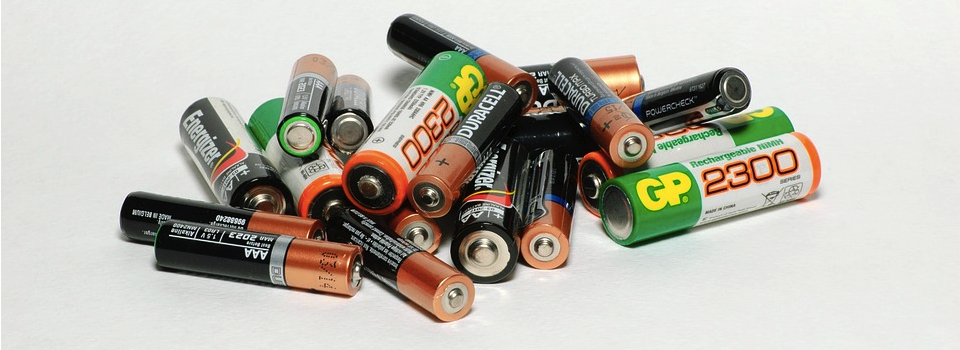Autocorrect can save you the embarrassment of sending a typo to your boss, by detecting every time you make a spelling mistake, and correcting it for you automatically.
This sounds great, but autocorrect doesn’t always get it right. Sometimes it may change your typo to completely the wrong word, and occasionally it may even misidentify a perfectly-legitimate word as a spelling mistake, for example if you’re using brand names or niche terms that haven’t made their way into macOS’ dictionary yet.
Autocorrect’s slip-ups have become so infamous that they’ve spawned an entire website dedicated to sharing some of the most hilarious, embarrassing, or just downright bizarre autocorrect fails. However, autocorrect’s mistakes aren’t always easy to laugh at, as they can result in you sending something completely inappropriate to someone who’s unlikely to see the funny side.
If you’re frustrated with macOS’ autocorrect service, then in this article I’ll be covering all the different ways that you can customise autocorrect, so that it works better for you.
I’ll also show how to use autocorrect to create your own shorthand, so that every time you type your favourite abbreviation, macOS will step in and automatically substitute that abbreviation for the fully-expanded equivalent. This is perfect for anyone who’s unhappy with their typing speed or who spends a lot of their time typing and wants to increase their word count per hour. It’s also useful if you’ve fallen into the bad habit of using textspeak everywhere, and need an extra layer of security to make sure it doesn’t infiltrate your work emails or important documents.
Accessing the autocorrect options
You can access all of macOS’ autocorrect settings in the ‘Keyboard’ menu:
- Click the ‘Apple’ logo in your Mac’s menu bar.
- Select ‘System preferences.’
- Choose ‘Keyboard.’
- Select the ‘Text’ tab.

At this point, you can make the following changes:
1. Autocorrect based on language
If you regularly switch between languages, then you may want to use autocorrect for a specific language only. Perhaps you only need the helping hand of autocorrect when you’re typing in your second language, or maybe it’s the exact opposite and you’re worried you’ll be unable to spot any mistakes introduced by autocorrect when you’re typing in your second language.
To restrict autocorrect to text written in a certain language, open the ‘Spelling: Automatic by Language’ dropdown, and select this language from the list.
2. Automatic capitalisation
Autocorrect isn’t limited to identifying spelling mistakes and typos; it can also capitalise words for you automatically, including names, locations, and if you ever forget to capitalise the first letter after a full stop.
You can toggle this automatic capitalisation on and off, using the ‘Capitalize words automatically’ checkbox.
3. Create your own shorthand
Although it might be stretching the definition of “autocorrect,” you can use macOS’ autocorrect service to create shorthand for inserting longer pieces of text. For example, every time you type “brb,” autocorrect can step in and automatically expand this to “be right back.”
To start using autocorrect in this way:
- Click the little ‘+’ icon (where the cursor is positioned in the following screenshot).

- In the ‘Replace’ column, type the abbreviation, for example if you want macOS to automatically substitute “idk” for “I don’t know,” then you should enter “idk” in this column.
- Press the ‘Tab’ key to move to the ‘With’ column. Type the fully-expanded version of the word or phrase in question.
- Save your shortcut, by pressing the ‘Tab’ key.
- Rinse and repeat for every abbreviation that you want autocorrect to expand automatically.
To change any of the text you’ve entered into the ‘Replace’ or ‘With’ column, simply double-click the text to make it editable, and then make your changes as required.
To remove an item from this list, select it and then click the little ‘-’ button that appears towards the bottom of this window.
4. Disable autocorrect
If autocorrect has become more of a hindrance than a help, then you may want to try disabling autocorrect to see whether life really is better without it.
With autocorrect disabled, macOS won’t try to correct your spelling mistakes or typos, but it’ll still underline these errors (assuming you haven’t disabled macOS’ spell checker), so you can correct them yourself.
To disable autocorrect, deselect the ‘Correct spelling automatically’ checkbox.
If disabling autocorrect just makes you realise how bad you are at spelling, or that you make more typos than you’d thought humanly possible, then you can re-enable autocorrect by re-selecting the ‘Correct spelling automatically’ checkbox.






Add Comment